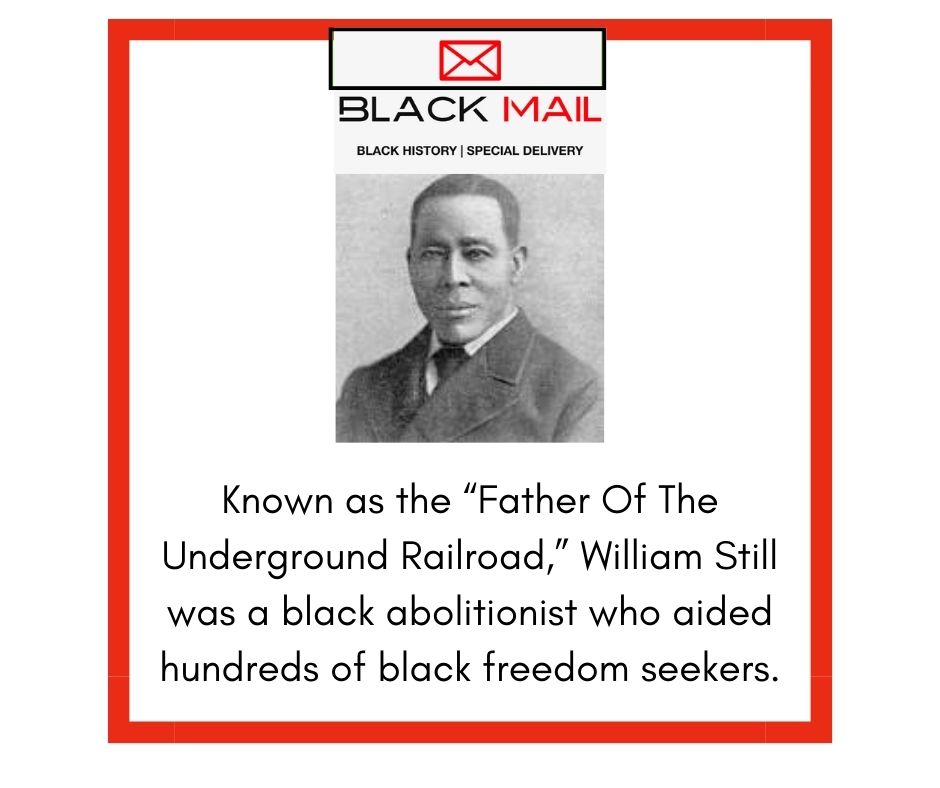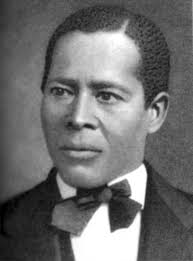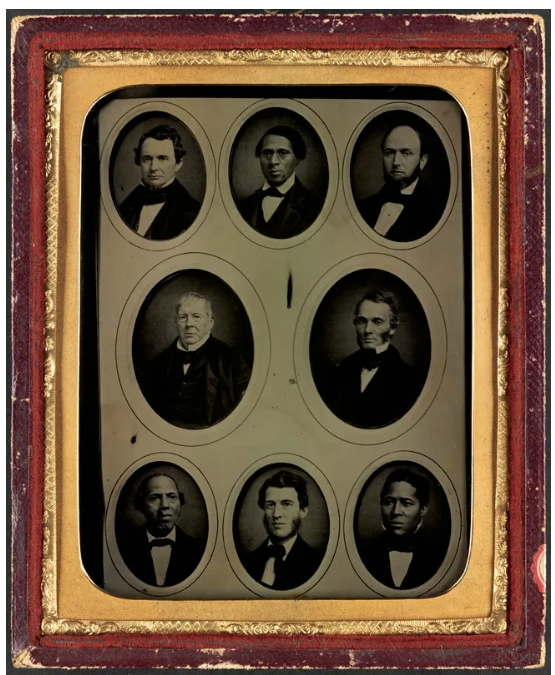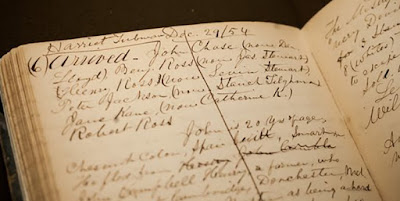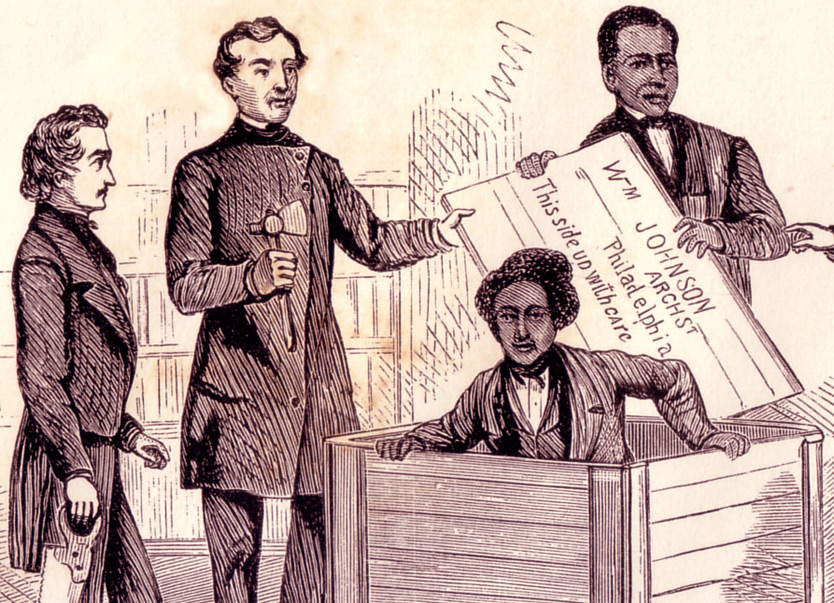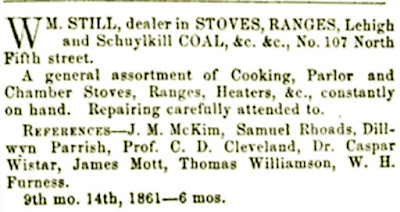Welcome to Black Mail, where we bring you Black History—Special Delivery!
The Underground Railroad was a network of individuals and organizations that helped people of African descent escape enslavement. Philadelphia, Pennsylvania, was a pivotal hub and a frequent stop for those enslaved seeking to reach freedom in Canada or other northern cities. The city had assembled an extensive network of abolitionists and activists to assist those seeking freedom. Born free in New Jersey, William Still (1821–1902) was a leader in this effort. He dedicated his life to supporting “agents” such as Harriet Tubman and others who served as guides leading the enslaved to freedom.
William Still was the youngest of 18 children, born to Levin and Charity (Sydney) Steel. Both changed their last name to Still to protect their identities. Levin was born enslaved and was able to purchase his freedom and the freedom of his wife, Charity. The couple had two children who remained enslaved after they gained their freedom. Even as a young boy, William Still joined his family in aiding enslaved people seeking freedom by hiding them from slave catchers. As a young man, Still moved to Philadelphia, joining the city’s free black community. He found work as a janitor at the Pennsylvania Anti-Slavery Society, an interracial organization that helped those seeking freedom from enslavement.
Still became increasingly active in the organization’s work. He also became chair of Philadelphia’s Vigilance Committee, which was affiliated with the Philadelphia Anti-Slavery Society. The Vigilance Committee also sought to aid those seeking freedom from enslavement. The Vigilance Committee secretly worked with ship captains who were willing to transport the enslaved by hiding them on their ships. When enslaved individuals arrived in Philadelphia, members of the Vigilance Committee provided them with shelter, often hiding them in Still’s home. The Committee would then assist them in leaving Philadelphia to continue their journey to freedom. Often, this meant being transported by train. These efforts required the group to do extensive fundraising. They solicited wealthy individuals to fund their operations and also held public events. The group received support from as far away as Great Britain.
Still kept detailed records of his work, which was very dangerous. At one time, he hid his records in a cemetery to avoid their discovery. In 1854, Still recorded an entry into his logs documenting a visit from Harriet Tubman, who served as an Underground Railroad conductor leading many to freedom. Tubman was also a nurse, union spy, and suffrage supporter. Still maintained the records to aid individuals fleeing enslavement in reuniting with their families. Still himself had been able to reunite with a brother (Peter Still) in Philadelphia more than 30 years after his mother fled enslavement, leaving his two oldest brothers behind.
Still’s leadership of the organization meant that he took part in many dramatic escapes. One such escape was that of Henry “Box” Brown, who mailed himself to freedom to escape enslavement. William Still was one of the people who was there to open the box containing Henry Brown when it arrived in Philadelphia. Still was also contacted by white abolitionist John Brown when he was planning his attack on Harper’s Ferry, hoping to gain assistance from Still. A great deal of his efforts, by necessity, were secretive. However, he began to do more public advocacy in support of the abolitionist movement. Still played a key role in helping the Vigilance Committee raise funds.
As the Civil War loomed, Still left his positions with both the Philadelphia Anti-Slavery Society and the Vigilance Committee, though he never stopped aiding those seeking freedom. Needing income to support his family, he opened a store selling appliances. He also operated a successful coal business, making him one of the richest black men in Philadelphia. Still remained an advocate for civil rights, including the desegregation of street cars and voting rights. He also used his wealth to help those in poverty in Philadelphia and across the country.
Though Still had no formal education, he taught himself to read and write. In 1872, he published a book, “The Underground Railroad”, documenting the horrors of slavery and the bravery of those seeking freedom. Still centered these brave freedom seekers and their journeys on the Underground Railroad.
Another installment of melenated mail has been delivered. Ponder, reflect, and pass it on.

